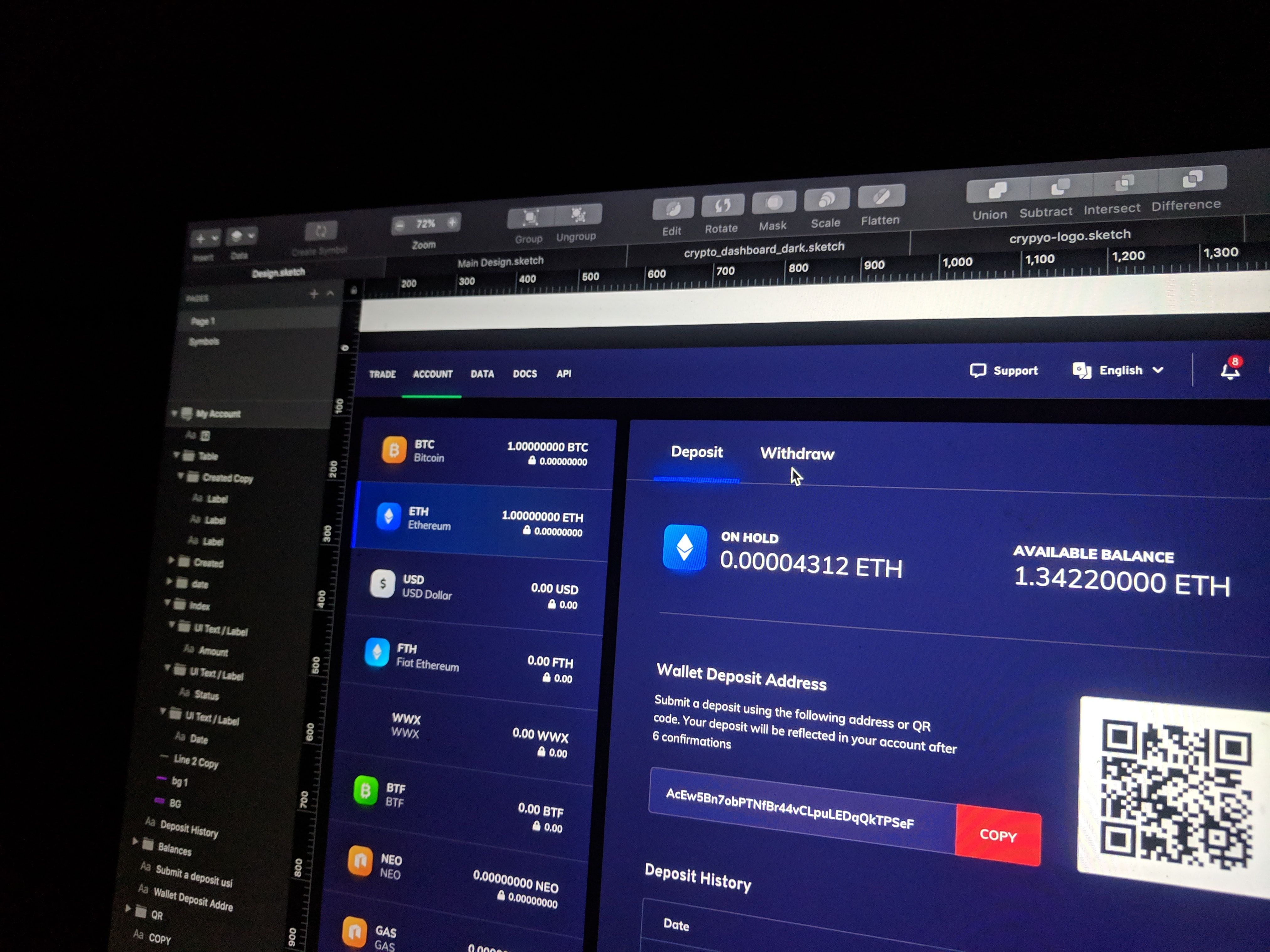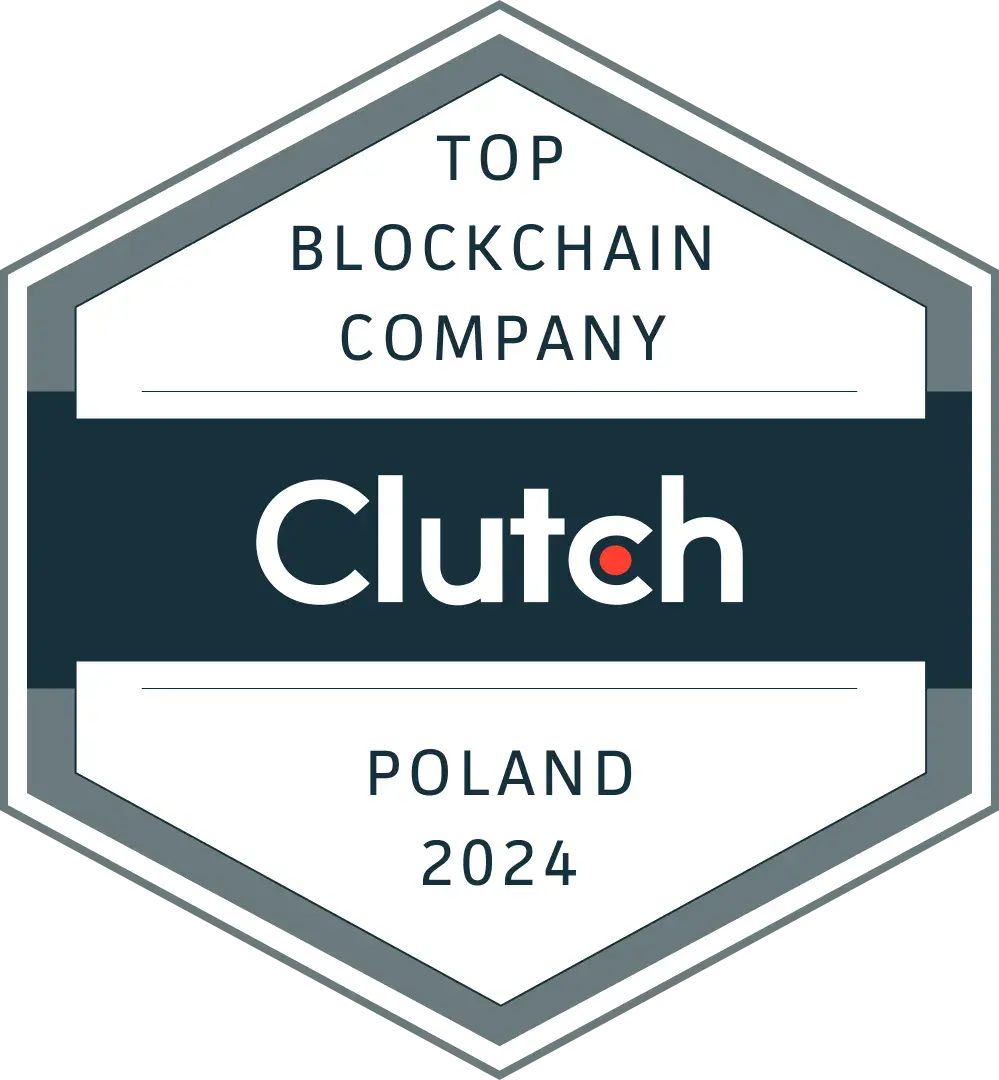3 Types of Blockchain Technology Projects
Thu, Oct 8, 2020 •5 min read
Category: Business Stories / Blockchain
There has been hype around blockchain technology for well over a decade now. Although experimentation is widespread, blockchain is still evolving and finding new applications. There are several types of blockchain solutions that are typically defined by their degree of centralization. Some are heavily centralized where a single owner or company controls the network, whereas others exhibit less absolute control.
Blockchain projects can be split into five types. In this post, we will look at three of the most popular.

Archetype 1 – Trojan Horse Solutions
For the broad adoption of blockchain solutions, they need to look attractive from the outside. The tale of the Trojan Horse comes from Homer’s Odyssey, where the Greeks built a giant wooden horse as a tribute for the people of Troy, only to hide an army inside secretly. In context, blockchain needs to have an engaging outer layer to get organizations to invest time in its deployment.
Typically, the blockchain project sits behind a giant technological leader and reputable brand. The brand equity of the solution influences others to join the ecosystem, viewing it as credible and reliable.
An example of this type of blockchain is the Walmart food tracking network. Before blockchain, it might take weeks to identify a particular farm or processing plant responsible for low-quality products. Using the Walmart blockchain platform, the data for every part of the supply chain is stored, meaning they can easily spot the root cause of problems.
A further example from Chinese e-commerce giant Alibaba aims to stop the sale of counterfeit products such as wine, honey, and milk.
The risk for companies that join a Trojan Horse type blockchain is that they become highly reliant on the technology and terms of the owner. It makes it easy for larger organizations to control their smaller industry counterparts, which could have a detrimental impact.
Archetype 2 – Evolutionary Solutions
An evolutionary blockchain project develops in maturity over time, using tokens with decentralized governance. In February 2020, it was announced that one million UEFA football tickets would be distributed via blockchain in the upcoming year. The organization says that the ticketing system will make entry into stadiums smooth, safe, and secure. It is probably worth mentioning that the announcement was before the Covid-19 pandemic.
The blockchain technology enables the prevention of gouging of prices as well as limiting the participation of illegal participants in the platform. Every ticket is tokenized, meaning it records the purchase and links ownership details of the buyer. Owners can only give tickets away via an app they must download, which in turn sends a transaction to the blockchain.
As an evolutionary system, as it matures, we could see a secondary market coming out of the decentralized sales network through the mobile app.

Archetype 3 – Blockchain Native Solutions
A blockchain native solution is one that is developed by startups ore innovation departments within existing organizations. These solutions aim to create an entirely new market or transform an established one. A blockchain project of this type will want to move towards a decentralized and tokenized governance over time but may not necessarily start that way.
A blockchain native solution is most appealing to legacy industries looking for a new approach to business. Where the technology is relatively untested, it does hold a fair amount of risk, but there are benefits for those who want to experiment with it and control their data.
Enjin Coin is a blockchain platform with a primary focus on the video gaming industry. The cryptocurrency style network allows players to tokenize in-game items for trading, as well as creating their own characters and objects. It is decentralized and token-based to provide blockchain participants with the best possible experience. Woolf University was the first to establish an education-based blockchain network where students and professors connect via smart contracts, so both are correctly awarded credit.
Summary
Whole each blockchain archetype shares similarities in terms of the technology, they each operate slightly differently, mainly where it comes to the level of centralization. As a whole, blockchain enables enterprises to de-risk data sharing and privacy through technology. The potential for automation and speed of transactions is also incredibly appealing to several industries that still operate with legacy infrastructures.










